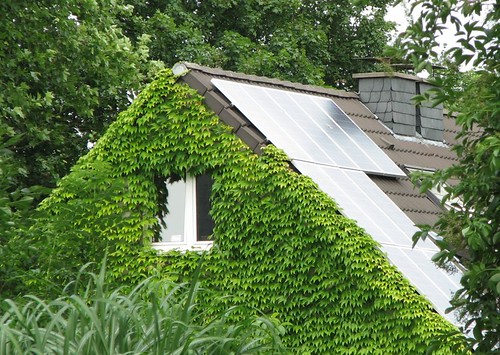EDSA are an interesting company. They are 25 years old, they are privately held and they focus on power analytics. I had an opportunity to have EDSA’s CTO, Kevin Meagher, on the show so I jumped at it to find out more about their smart grid solutions for micro-grid integration.
Kevin and I had a great chat, we talked about:
- Kevin and EDSA’s definition of a Smart Grid
- The importance of micro-grids to the smart grid
- EDSA’s micro-grid management software and their target customers
- The changing face of energy generation with the likelihood of community microgrids coming together to do energy arbitrage
- Trends in energy storage systems and
- Differences in roll outs of micro-grids in varying geographies and regulations and incentives affecting them


